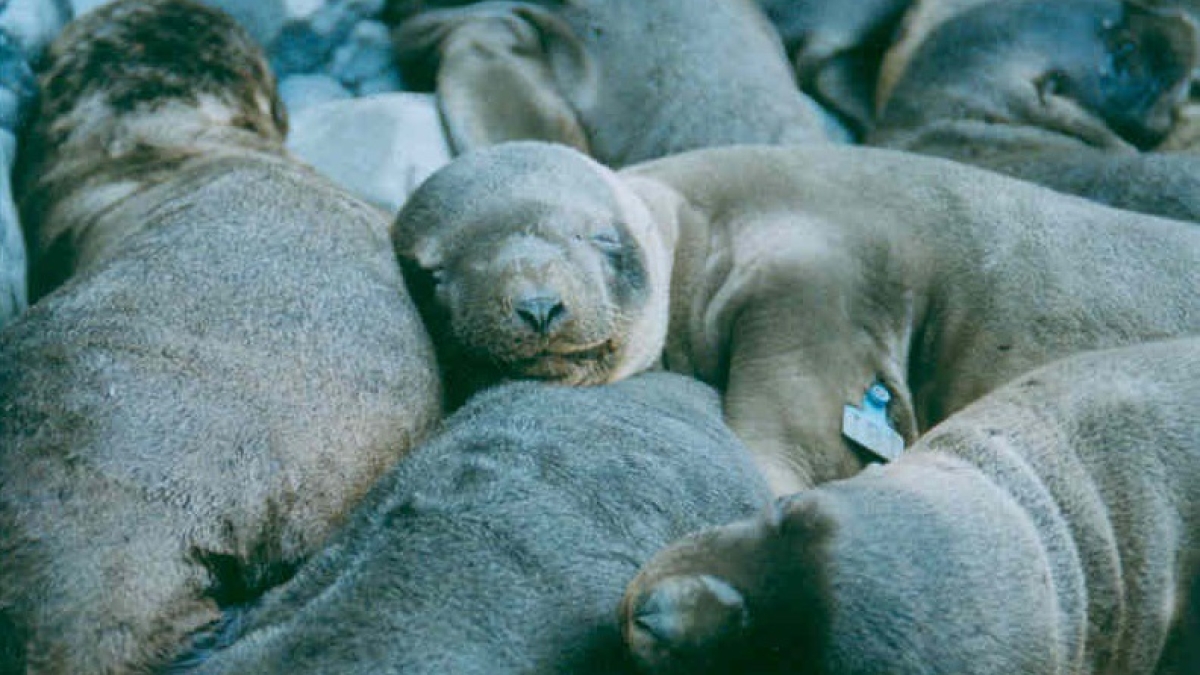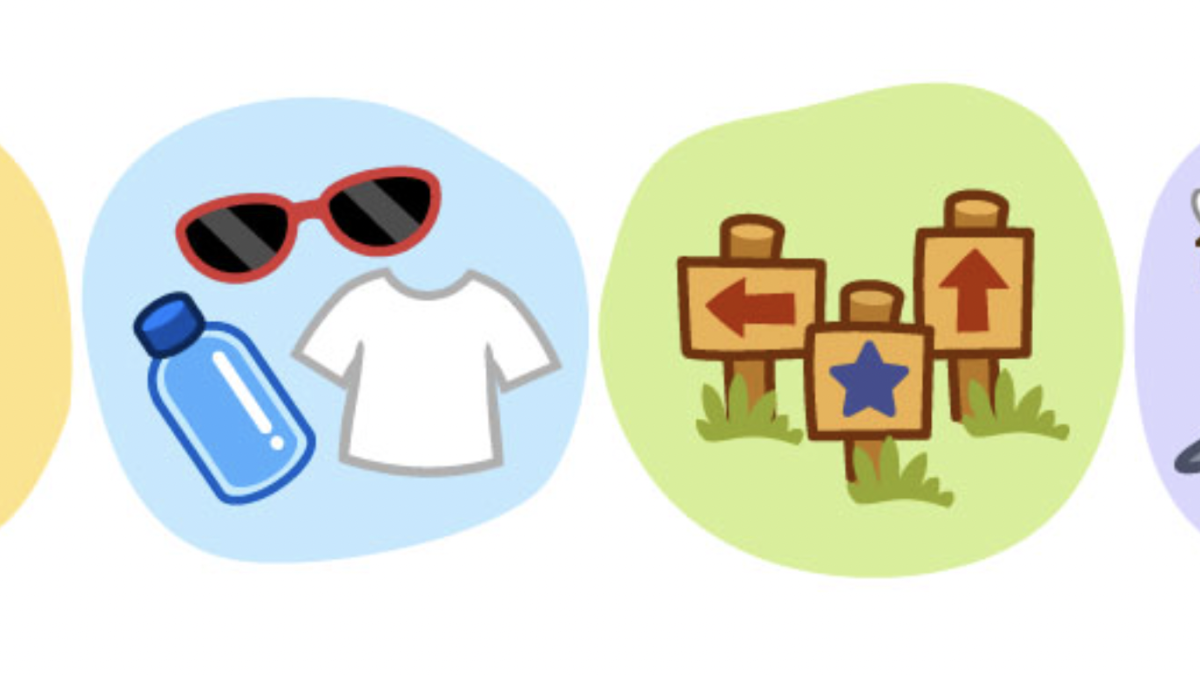ASU researcher: Now is the time to prioritize endangered species
A return-on-investment approach to funding allocation is needed to better cover the growing list of species, Gerber argues

Like endangered species themselves, funding to save them is scarce.
Humans — who because of our indelible impact on the Earth have an obligation to take care of it — must take a new approach to allocating limited funds to recover a greater number of species, argues Leah Gerber, an Arizona State University conservation biologist.
Currently, resources are insufficient to save all listed species. What is needed is a more analytical approach that can bring clarity and openness to resource allocation, Gerber says.
In the current issue of the Proceedings of the National Academy of Sciences, Gerber outlines how a return-on-investment model could be applied to the allocation of funds. By doing this, those in charge of saving species will allocate resources in a less arbitrary way.
Gerber reports that 1,125 species are protected under the Endangered Species Act. Funding of $1.21 billion per year should be allocated to recover all of the listed species, Gerber says, but less than 25 percent is actually allocated to recovery.
“The magnitude of issues influencing global biodiversity dwarfs the resources available to mitigate impacts and sustain biodiversity,” she stated in her article titled “Conservation triage or injurious neglect in endangered species recovery.”
Thus, she said, we are faced with making hard choices.
“What we need is a more objective and deliberate process to recover endangered species,” Gerber said.

The Acuña cactus (Echinomastus erectocentrus var. acunensis) and the Steller sea lion (Eumetopias jubatus; top photo) are endangered species.
Photos by Peter Breslin (cactus) and courtesy of Leah Gerber
To address the issue, Gerber looked at how the allocated funds could be better utilized. Her analysis revealed that redistribution of recovery funds from the top 50 overfunded species to those that are severely underfunded would eliminate funding deficits for more than 180 plant and animal species, potentially improving recovery success.
Gerber notes that the U.S. Endangered Species Act is 40 years old, and although it has been successful in preventing extinction, recovering species to the point of their being de-listed has proven far more difficult.
Gerber said currently funds are allocated from federal to regional levels, and regions decide on how to prioritize. But the system is ad hoc and “there is no general strategy. Agency personnel responsible for recovery plans are overworked and underfunded.”
“A lot of thought goes into how funds are allocated for endangered species, but when resources are scarce what is needed is more clarity on the process,” Gerber said. “A return-on-investment approach is one way to allocate limited funds to protecting biodiversity.”
The time to act is now, said Gerber, a professor in ASU’s School of Life SciencesThe School of Life Sciences is an academic unit of the College of Liberal Arts and Sciences. The Center for Biodiversity Outcomes is a partnership between the Julie Ann Wrigley Global Institute of Sustainability and the School of Life Sciences. and the director of the Center for Biodiversity Outcomes.
“Rates of extinction are higher than ever before,” she said. “The cause is human activity. My analysis shows that current funding is insufficient to curb unprecedented rates of extinction.
Humans rely on nature in many known and unknown ways. When we lose species, we lose these benefits — and the beauty of biodiversity itself.”
More Science and technology

Securing the wireless spectrum
The number of devices using wireless communications networks for telephone calls, texting, data and more has grown from 336 million in 2013 to 523 million in 2022, according to data from U.S.…

New interactive game educates children on heat safety
Ask A Biologist, a long-running K–12 educational outreach effort by the School of Life Sciences at Arizona State University, has launched its latest interactive educational game, called "Beat the…

Materials science expert joins ASU to solve problems using curiosity, interdisciplinary collaboration
Jason Khoury, assistant professor in the School of Molecular Sciences and the Navrotsky-Eyring Center for Materials of the Universe, brings a passion for understanding why compounds have specific…